Lithium-ion battery safety has been a hot topic in the scientific community in light of instances of the Samsung Galaxy Note 7 bursting into flames. In order to address these concerns, scientists must first better understand exactly what is causing these safety concerns. In order to do that, a team from the University of Michigan is looking inside the batteries and filming growing dendrites – something the researchers cite as one of the major problems for next-gen lithium batteries.
The study focused primarily on lithium-metal batteries, which have the potential to store 10 times more energy that current lithium-ion batteries. However, researchers believe that issues with dendrites cannot be amended, the future of the Li-metal battery will not be as limitless as some believe.
“As researchers try to cram more and more energy in the same amount of space, morphology problems like dendrites become major challenges. While we don’t fully know why the Note 7s exploded, dendrites make bad things like that happen,” said Kevin Wood, postdoctoral researcher and ECS student member. “If we want high energy density batteries in the future and don’t want them to explode, we need to solve the dendrite problem.”


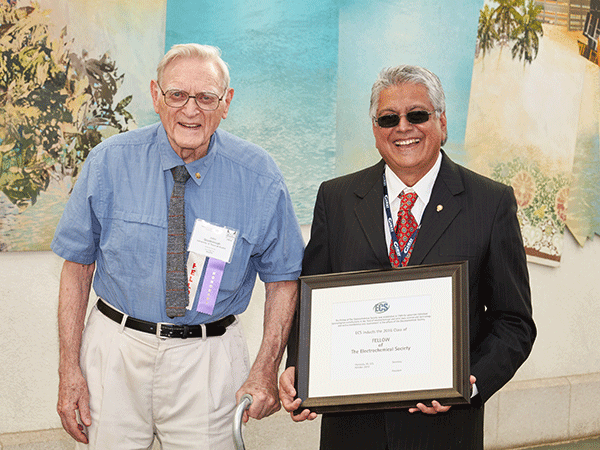
 Lithium-air batteries are viewed by many as a potential next-generation technology in energy storage. With the highest theoretical energy density of all battery devices, Li-air could revolutionize everything from electric vehicles to large-scale grid storage. However, the relatively young technology has a few barriers to overcome before it can be applied. A new study published in the
Lithium-air batteries are viewed by many as a potential next-generation technology in energy storage. With the highest theoretical energy density of all battery devices, Li-air could revolutionize everything from electric vehicles to large-scale grid storage. However, the relatively young technology has a few barriers to overcome before it can be applied. A new study published in the 
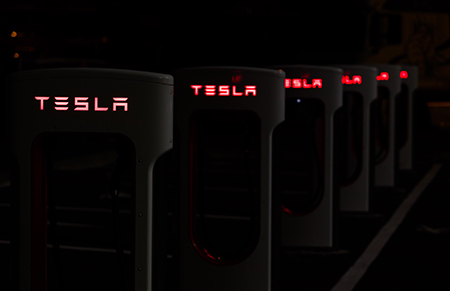 One year ago Tesla Motors announced plans to build its
One year ago Tesla Motors announced plans to build its 
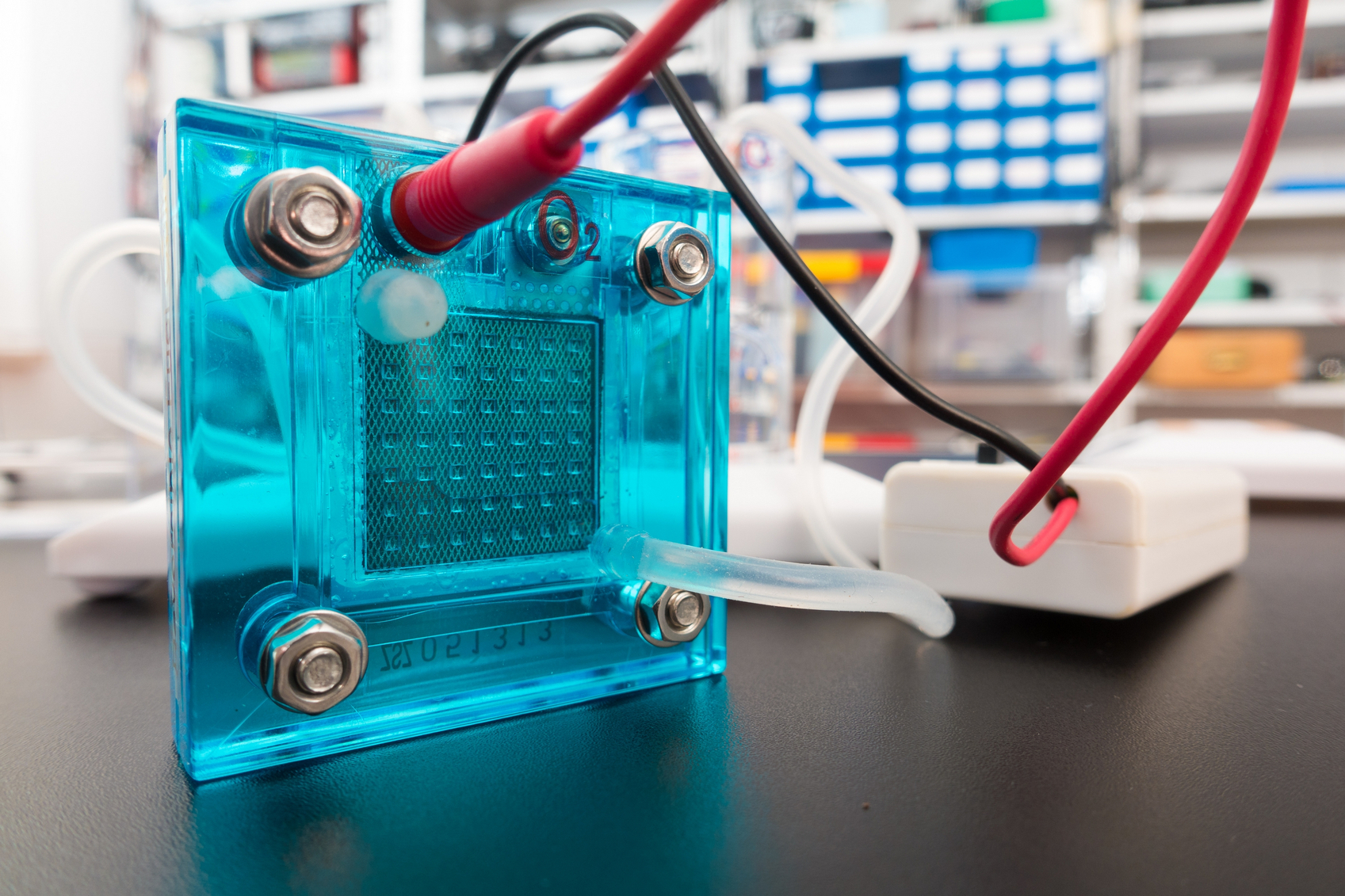 Interest in electric and hybrid vehicles continues to grow across the globe. The
Interest in electric and hybrid vehicles continues to grow across the globe. The 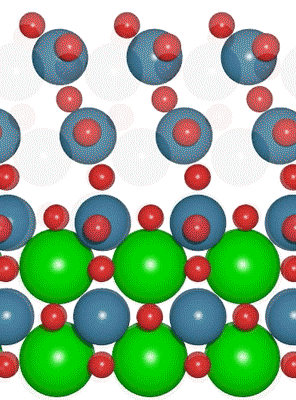 An interdisciplinary team made up of researchers from Stanford University and the U.S. Department of Energy’s SLAC National Accelerator Laboratory recently developed a new catalyst that carries out a solar-powered reaction 100 times faster than ever before.
An interdisciplinary team made up of researchers from Stanford University and the U.S. Department of Energy’s SLAC National Accelerator Laboratory recently developed a new catalyst that carries out a solar-powered reaction 100 times faster than ever before.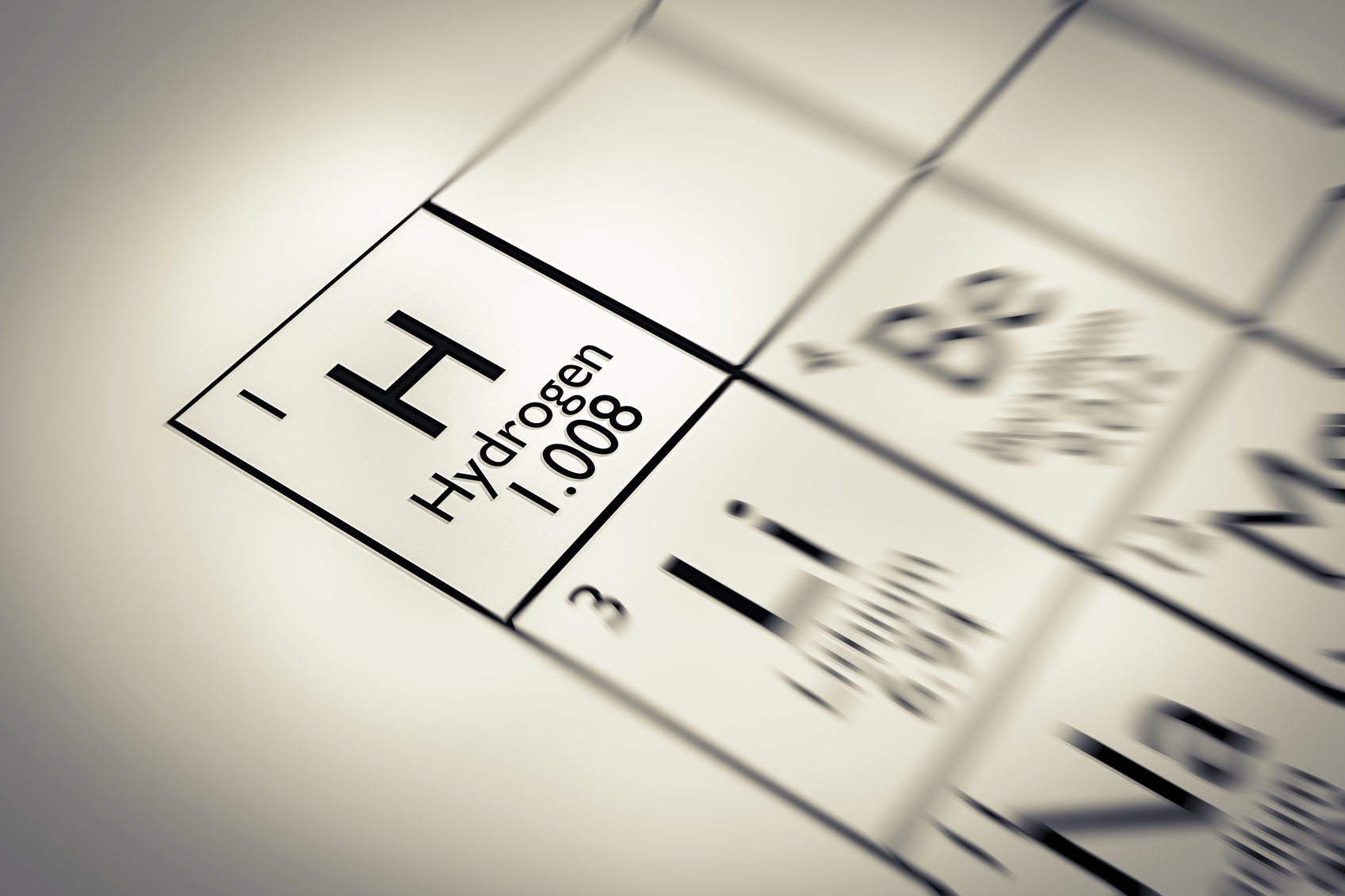 With
With